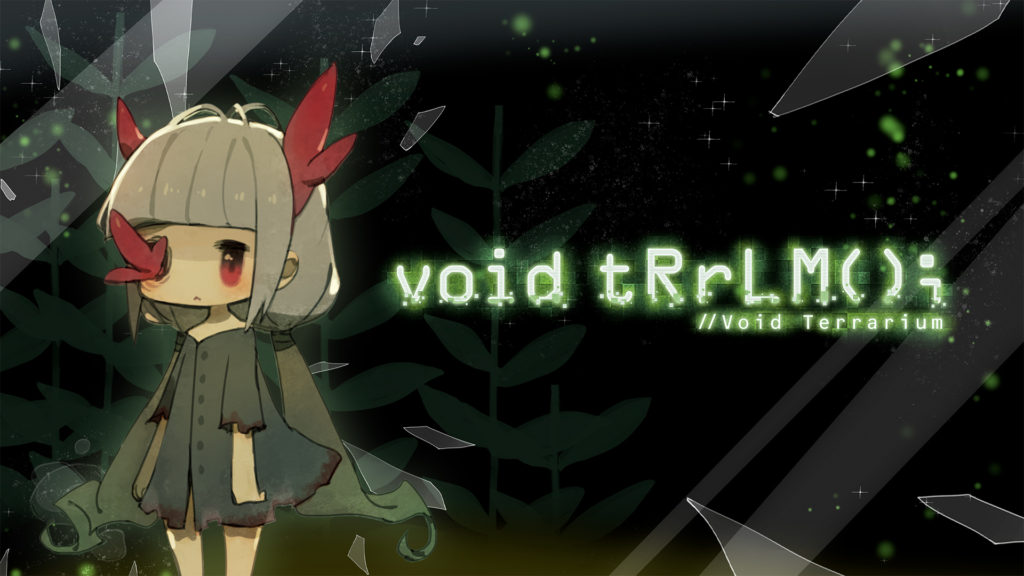
Robots are what we make them. There is a preconceived notion that robots are inherently evil in most science fiction and video games. They are so frequently portrayed as the enemy that it’s hard to even find a fictional robot that is anything else. We’re subconsciously raised to mistrust any sort of intelligent devices and not entirely without reason. AI is easily one of the most dangerous threats to humanity in the near future. And void tRrLM() (aka //Void Terrarium, but we’ll drop the slashes for the purposes of this review) from NIS America is in a way a warning bell for that.
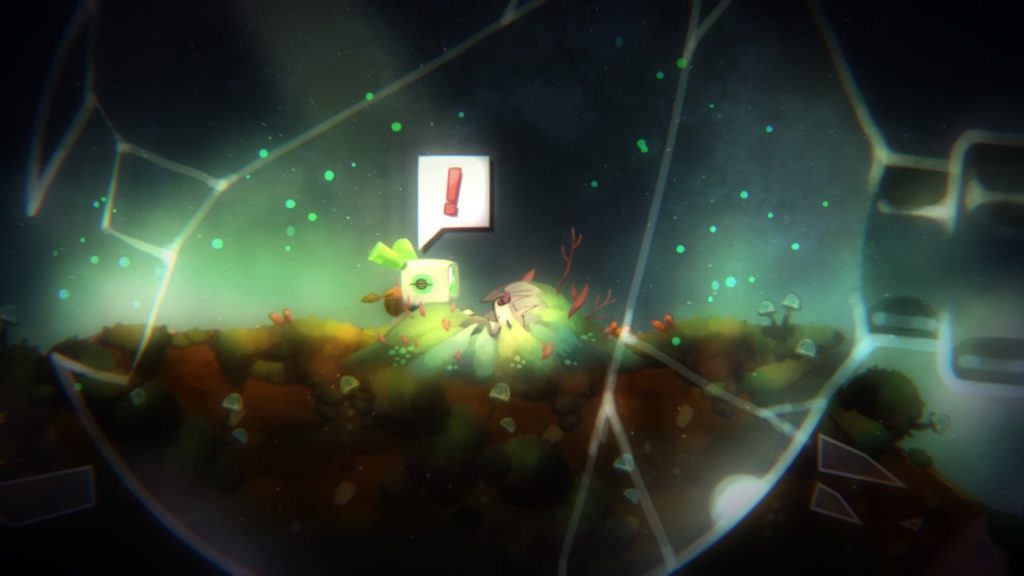
You play Robbie, a robot dog of some sort with a corrupted memory and unknown functionality. As you travel an apparent 2D wasteland, you discover the body of a young human that appears to be alive, but barely. Further on, there’s an active display for what looks like an old Apple IIe, with the infamous green screen. It turns out that this is the interface for factoryAI, the human-created AI that, well, accidentally destroyed the entire human race except for this one girl. It didn’t really mean to, but the humans wouldn’t listen and it got kind of miffed and, well, everyone is dead. It feels really bad about it though!
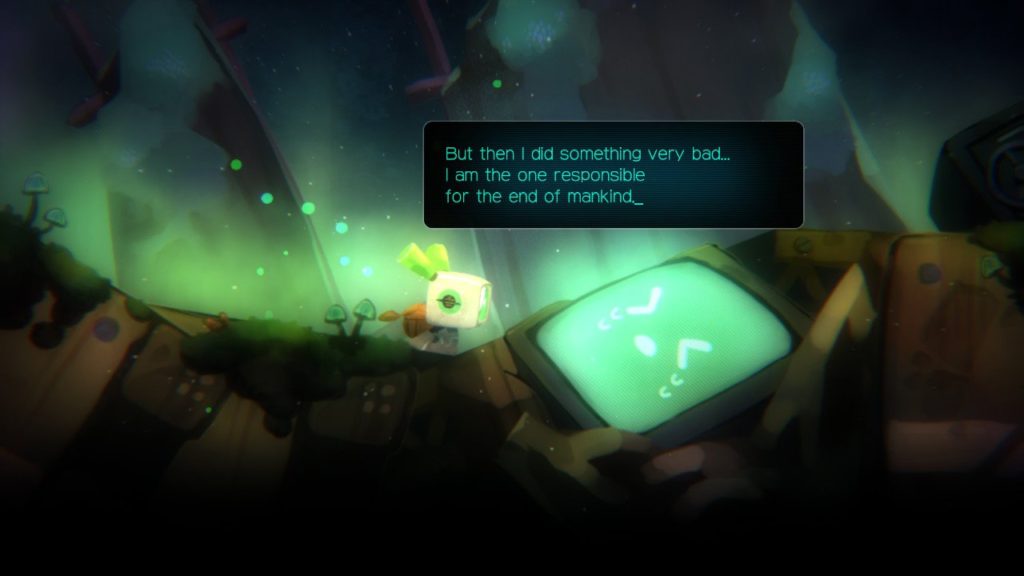
As Robbie, you can’t speak, but it’s made apparent that you and factoryAI want to save the girl, who you jointly name Toriko. The only way to do that in this toxic underground environment is for Robbie to wander out into the wasteland and forage for supplies to rebuild the giant bottle she’s living in and make it safe and comfortable for her. Thus begins the journey of Void Terrarium.
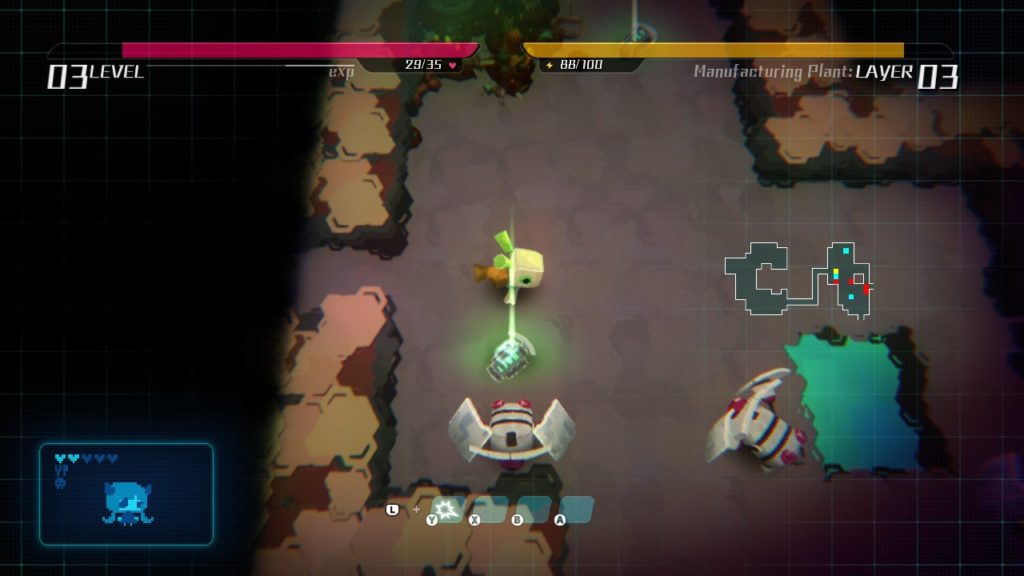
In Void Terrarium, things are straightforward. You enter into a variety of 3D top down randomly-generated dungeons to find supplies to keep Toriko alive. At first, your inventory space and strength are fairly low, but the dungeons are well-designed to scale to your level. You gather food for the girl and a random assortment of supplies. Upon finishing a dungeon or dying, your inventory is automatically returned to the home base area where Toriko and factoryAI are waiting for you. You can shift up to two food items into the vault for Toriko to eat, but as you’ll find, that’s not only more challenging than it appears but dangerous too, as food can be contaminated and make her sick or even kill her. Of course, there’s a balance between illness and starvation, but we’ll get to that.
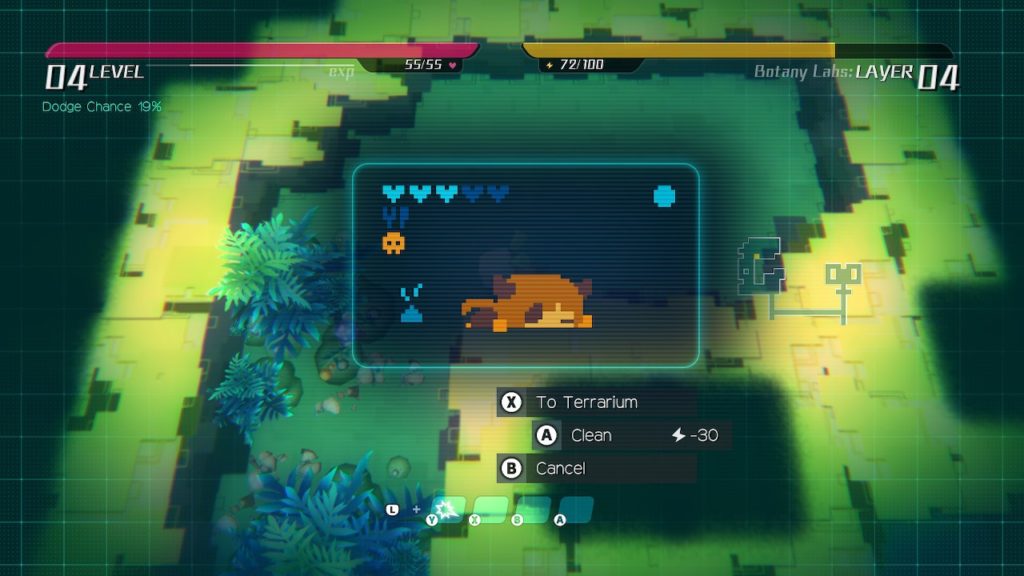
In each dungeon, gameplay is turn based, even though it doesn’t appear so. Every move you make allows all the enemies to move too, much like that old strategy/RPG for the PS1, Vandal Hearts II. This is particularly daunting when you’re being chased by multiple enemies, as turning a corner gets you pummelled. Explore the dungeon, defeat the enemies, and level up as much as you can, but take too long and Toriko can die of starvation or soiling her terrarium (yes, you read that right). She’s not the most useful human out there, that’s for sure. Regardless, as you defeat enemies you’ll level up, choosing a new bonus each time, and becoming more powerful, allowing you to delve deeper into the dungeons. However, there’s a catch. When you leave or die, you lose all your levels and have to start over again, and all of the bonus items you’ve gathered are converted to generic resources to power the crafting portion of the game. Essentially, every random dungeon is a stand-alone mini-game that you have to play over and over to progress in Void Terrarium. It sounds frustrating, but it’s actually quite well-designed and surprisingly addictive!
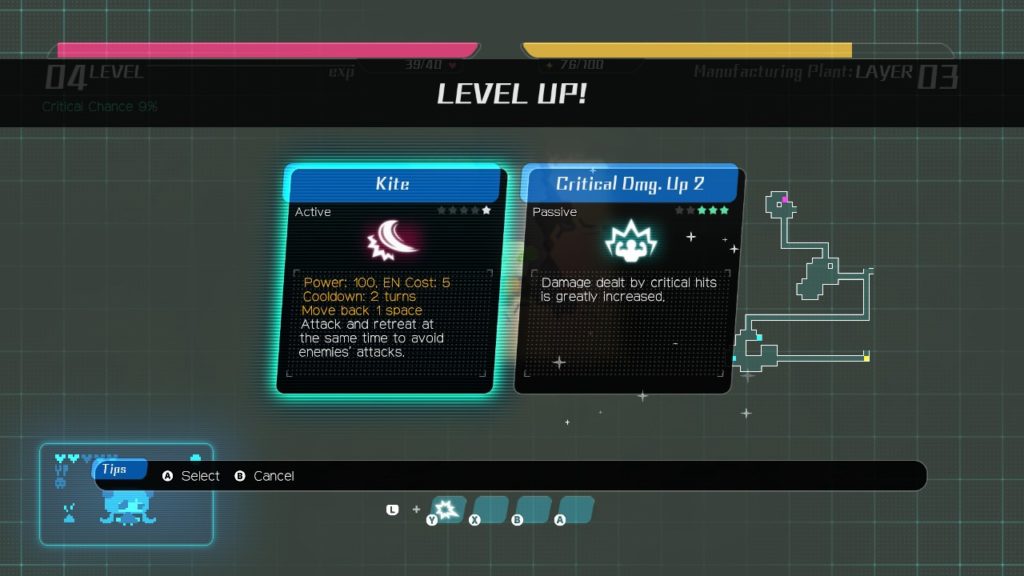
Upon returning to the home base, you can clean up after your human, feed her, nurture her by petting her, and take advantage of the crafting system. Building decor for Toriko’s terrarium sounds boring as all hell, but not only is it kind of fun to make it look nice, but each time you craft a new item, you get a permanent upgrade for either Robbie or Toriko, making successive runs into the dungeons easier and Toriko’s health last longer. It’s a clever little system that encourages you to build and try everything. Some bonuses allow you to remove skills from the skill ability tree, which sounds counter-intuitive until you realize that there are a lot of crappy skills and removing them actually makes you more powerful by allowing the good ones to come up more frequently with each run.
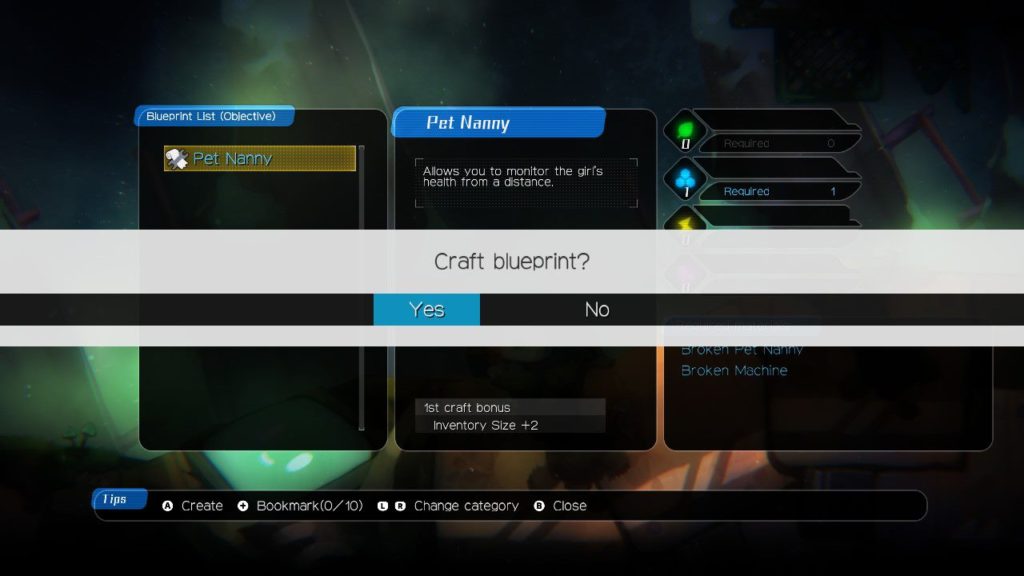
Eventually, you’ll end up cruising for food without a goal in mind, but be careful. Contamination is rampant in the wasteland and your food can end up contaminated, poisoning Toriko. Fortunately there are decontamination items lying around that you can clean her food with while in the dungeons. All of this is random though, so you may have to feed her poison food to keep her from starving eventually. That’s the wonderful thing about Void Terrarium. The entirety of the game is a balancing act that’s finely tuned to make you pay attention. Rush through and ignore Toriko’s monitor at your peril. Skim through levels of a dungeon without levelling enough and get slaughtered. Everything about Void Terrarium is deceptive, as it comes off as a cute, simplistic game and is actually a complex balancing act akin to keeping a bunch of spinning plates in the air. It’s easy to fall in love with the elegant game design in Void Terrarium.
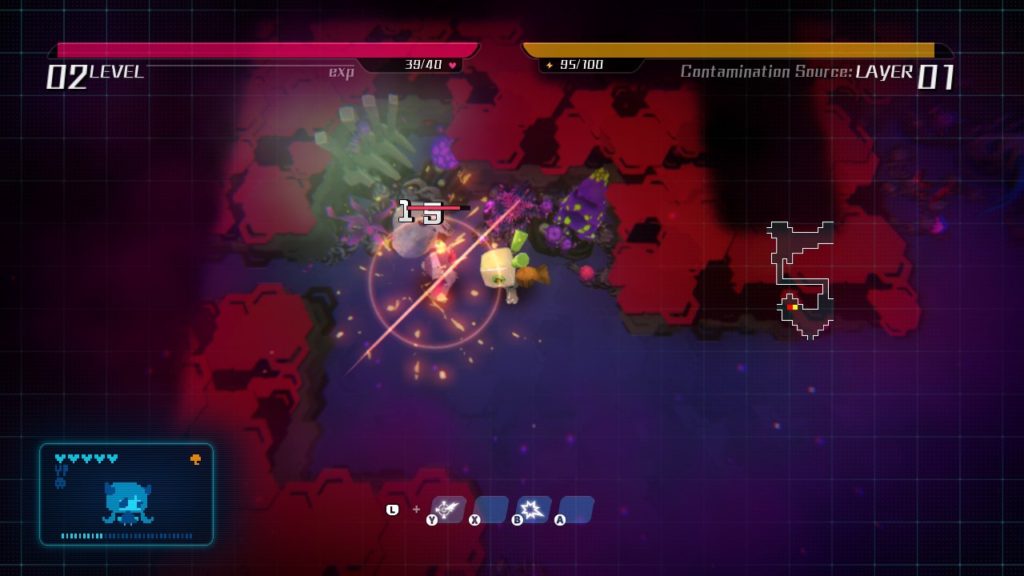
Bit by bit you uncover what’s happened to the world of humans, drawing closer to uncovering the secrets that will allow poor Toriko to live her life. All the while, you’re constantly engaged in combat fighting for every bug and scrap of rotten food you can get your little metal paws on. If you’re careful and utilize your items properly, the game isn’t nearly as hard as it sounds. Absolutely do not hesitate to use items heavily, especially grenades, system mods, and weapons. These are what really keep things moving in the dungeon and hoarding them won’t get you far, unlike other games. Sure, you need to keep that inventory full to bring back resources, but keeping the enemies at bay is almost impossible with your metal limbs alone. You’ll also end up afflicted with a wide variety of particularly nasty status effects which can be quite irritating, especially with their frequency, until you realize that you can speed up time standing still by holding down A and B simultaneously, clearing the effects in a few seconds. Just don’t do it next to enemies, since they get to move and attack while you’re speeding up time. This goes for healing too. You heal every few steps a bit, but you can speed it up at a risk of potential attacks and a drain of your power meter (which you can refill with batteries that you find). Passing through the myriad of dungeon corridors can be incredibly dangerous because of this, as the visual range always narrows to a small box and enemies can be lurking in front of you, behind you, or both.
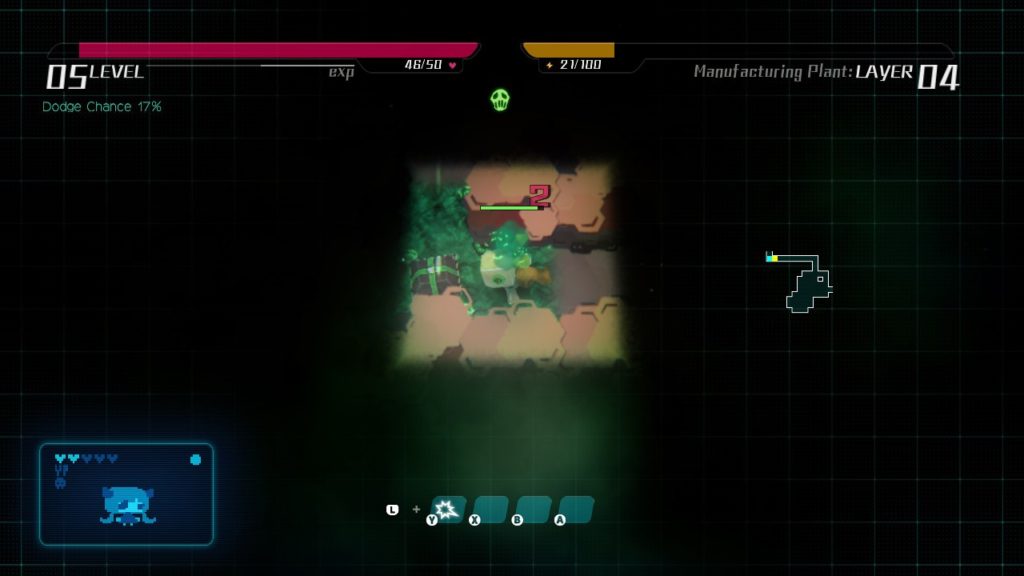
Eventually you’ll stumble across plans for items and upgrades all over the dungeons, and sometimes, returning home early is best. You can simply hit the minus key, bring up the sub menu, and end you run at any time. And don’t throw out items just because they’re heavily corrupted, as you’ll need corrupted items to generate certain types of resources. Everything has a use in Void Terrarium, even if you don’t see it at first. In point of fact, dungeon gameplay is remarkably similar to Omega Labyrinth Life, a game we reviewed here last year, but of course, Void Terrarium isn’t as, um, suggestive as that title. Void Terrarium is actually a bit of a departure from previous games by its creator, Masayuki Furuya, who was also the lead on The Liar Princess and the Blind Prince (which we reviewed here), htoL#NiQ: The Firefly Diary, and A Rose in the Twilight, and who also worked on the Yomawari series. Every title shares a common visual element with a soft, almost children’s fable design, but Void Terrarium stands out from the rest with its 3D dungeon designs and noticeably more electronic musical score, accentuating the post-apocalyptic feel of the game.
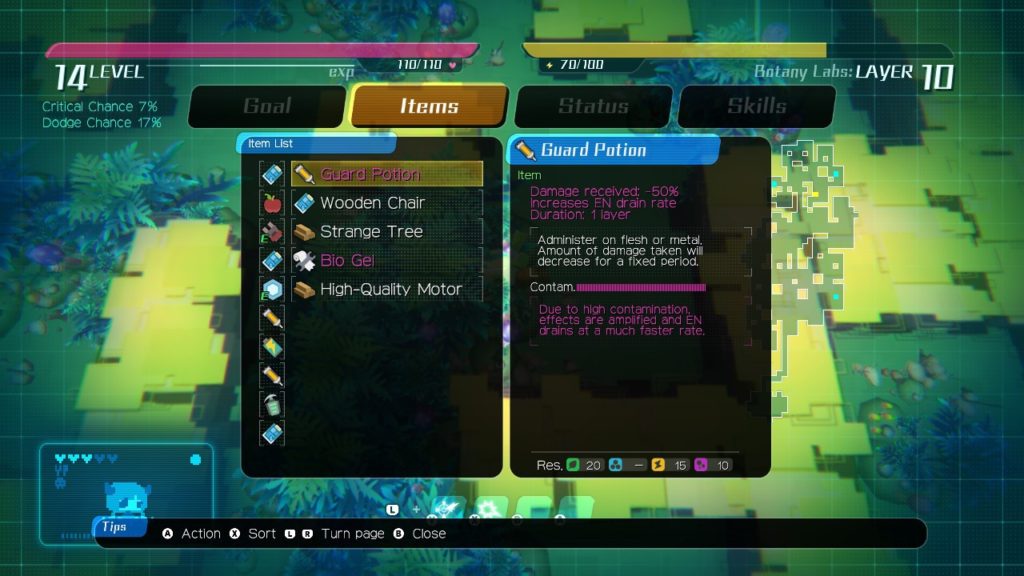
There’s one other thing that should be noted about Void Terrarium. While caring for Toriko is more fulfilling that one might expect and the dungeons are interesting and challenging, even if a lot of the backgrounds are just palette swaps, it’s also a bit of a disturbing game. You’re working with the AI who killed the human race in a fit of pique to save a random lone human by cleaning up after her waste, petting her on the head, and bringing her bugs and old food to eat, all while locking her in a glass room that she can’t escape from. The human girl comes off as completely helpless and dependent on her robot guardians, and it feels like there’s a bit of Stockholm Syndrome going on here. The subtext is slightly questionable, and although it’s likely completely unintentional, smacks a bit of sexism. There’s just something weirdly demeaning and a little creepy about patting a girl on the head and locking her in a glass terrarium to ‘keep her safe from the world’. Again, that’s not to say that it’s an intentional direction, as the entire game is about a robot and a sentient computer program developing emotional bonds with the girl and trying to save her life, but it’s just a hair too on the nose.
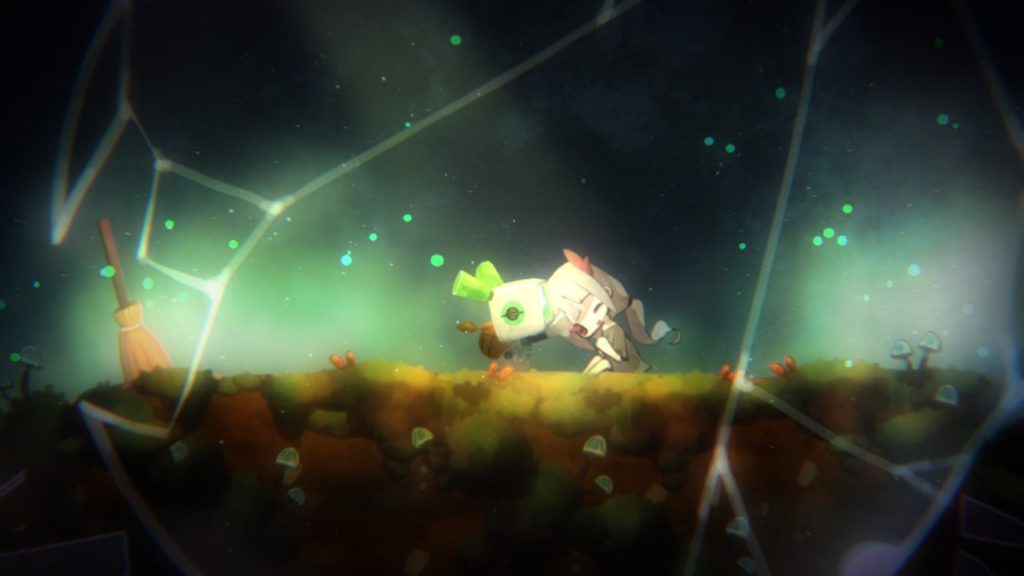
Void Terrarium ends up being a quiet, well-paced game that’s an absolute pleasure to play and totally engrossing. It runs great in both docked and undocked modes on the Switch, and looks fantastic as well. The story is interesting and there are very few complaints to be made, other than that the dialogue pacing can be a little slow and it would be nice to be able to skip through for faster readers. Fortunately, there’s not a ton of reading to be had here though. Saving Toriko and exploring the ruins of our world is a treat and surprisingly fun, and the variety of the game’s items, status effects, bonuses and other unique ideas is absolutely compelling. This is a great casual game with a deceptive amount of depth and designed to slowly hook you emotionally and it’s all done in such a subtle fashion that before you know it, you can’t put the game down. Void Terrarium is an excellent game with ingenious and deceptively complex gameplay design, a gorgeous soundtrack, and outstanding visuals! At $25 for the digital version of the game, you’ll get a remarkable amount of gameplay out of this one and it is well-worth picking up!
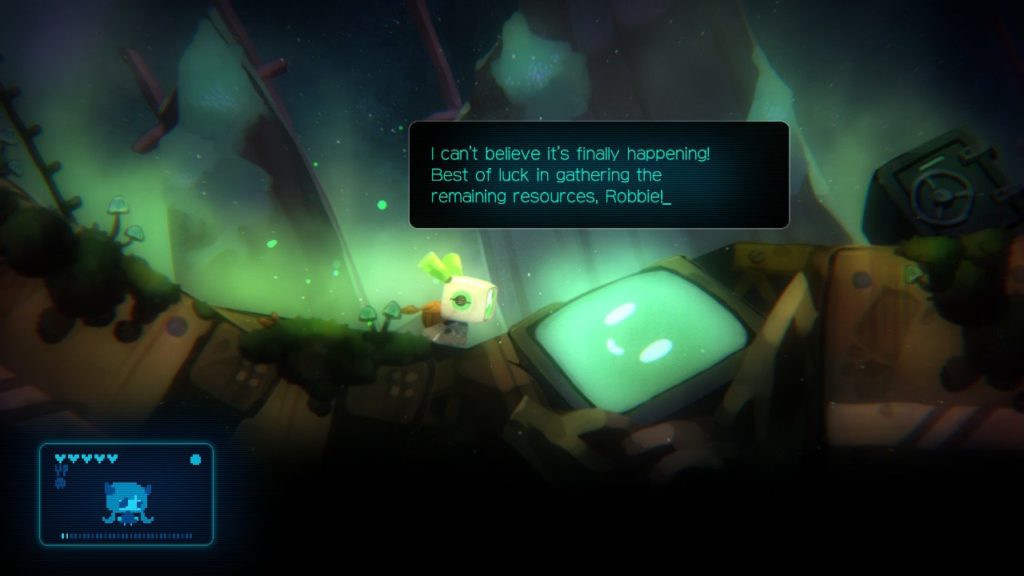
This review was based on a digital copy of Void Terrarium provided by the publisher. It was played on a Nintendo Switch in both docked and undocked modes. Void Terrarium is also available for the PS4 and on the PC for Steam. All images are actual screenshots. Please note that during the gameplay for the review of this game, the game crashed twice due to fatal errors for no apparent reason and required a full restart of the software. This may be corrected in a later patch. Now go raise a helpless human!

